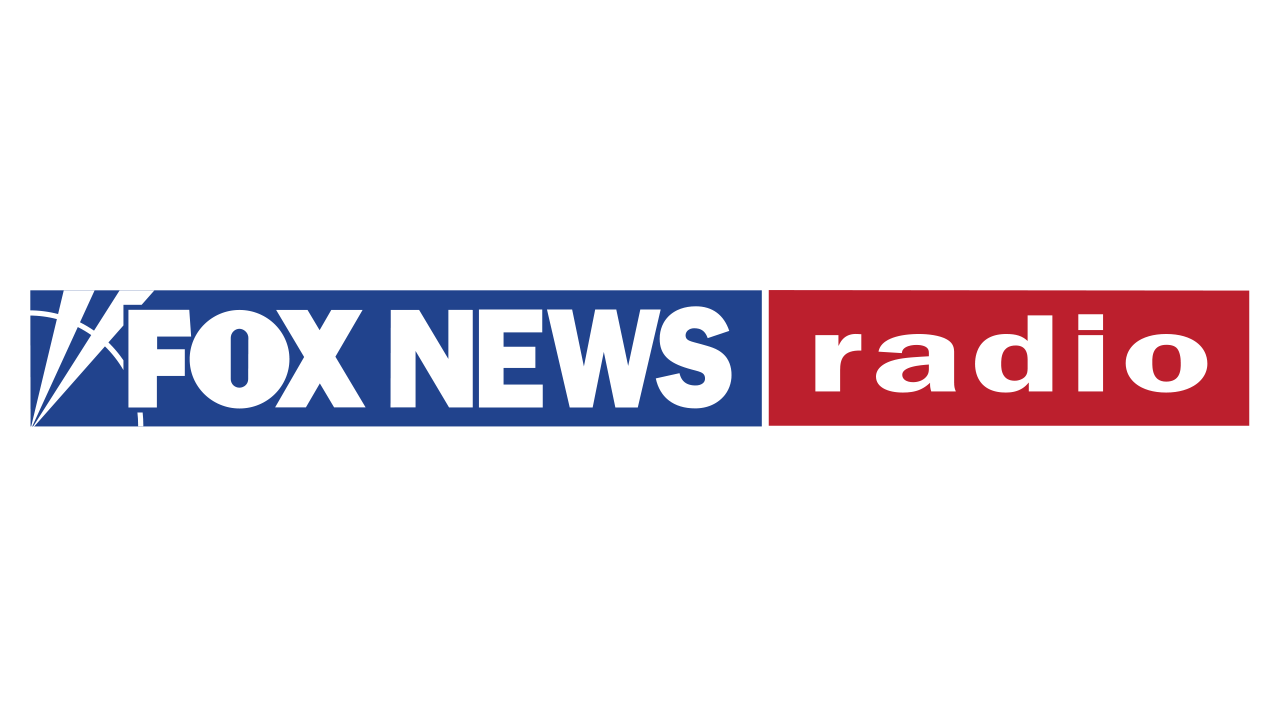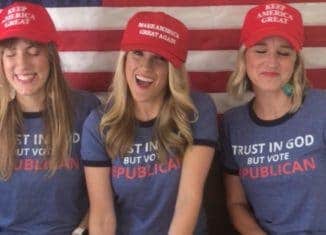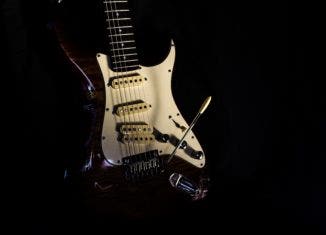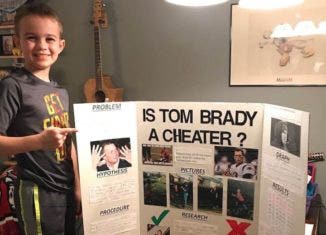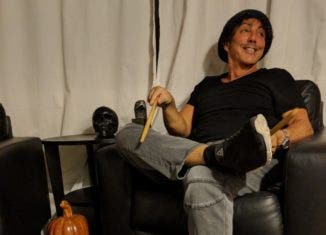Social Media in the 2016 Presidential Race
by Courtney Han
From Donald Trump’s infamous tweets to Senator Lindsey Graham’s viral cellphone-smashing video, social media has become an undeniably important campaign tool for attracting young voters in the 2016 presidential race.
Candidates have been taking advantage of all forms of social media to target the 81 million eligible Millennial voters in 2016, which translates to 36 percent of all eligible voters in the United States, according to a report from the Center for American Progress.
According to Jesse Holcomb, Associate Director of Research at the Pew Research Center, “From our data, we’ve seen that presidential campaigns and candidates make an effort to adopt emergent technology to retain potential voters because they know that’s where are spending their time.”
In addition to being a free and easy tool, social media has the ability to create greater transparency on the campaign trail than ever before. Rand Paul’s Instagram features his supporters, the states that he is campaigning in and even what he is having for dinner. These personal snapshots of the candidates’ lives allow voters to see a different side than what they see in the news.
The results from a Pew Research report imply that a candidate’s best bet at communicating with young voters may be through social media. According to the report, more than half of Millennials that use the internet get their news from Facebook, and many don’t visit traditional news sources at all.
These facts may have motivated some of the presidential candidates (like Hillary Clinton and George Pataki) to announce their candidacy through social media sites Twitter and YouTube instead of relying solely on a televised speech.
A Harvard poll shows that social media may be even more crucial for the many Republican candidates to stand out among the crowd. Although past generations of young voters have tended to vote democrat, the poll found that President Obama had soured Millennials’ view of the Democratic Party. As a result, young voters are more likely to vote for the GOP, but which candidate they favor is unclear.
Social media serves as a platform for discussing each candidate’s issues while simultaneously providing feedback from their audience. In the GOP ‘happy hour’ debate, Carly Fiorina was the most searched candidate on the internet and was a trending topic on Twitter. Both of these were factors in determining the “winner” of the debate. Millions of Twitter users also tuned in to Twitter with #GOPdebate to share their comments and reactions.
Social media brands have also realized the mass potential of associating their brand name with the presidential race. During the first GOP debate, Facebook hosted a platform in which users submitted their own written and video questions for the candidates through the social media site.
Said Holcomb, “Over the years we’ve seen the brand presence of social media in major events, so it is not a surprise that a social media brand like Facebook would be a part of the 2016 presidential race.”
Although Facebook has not yet announced whether or not the company will be sponsoring other political events, social media will continue to be a major factor in the campaign tactics of every candidate.
